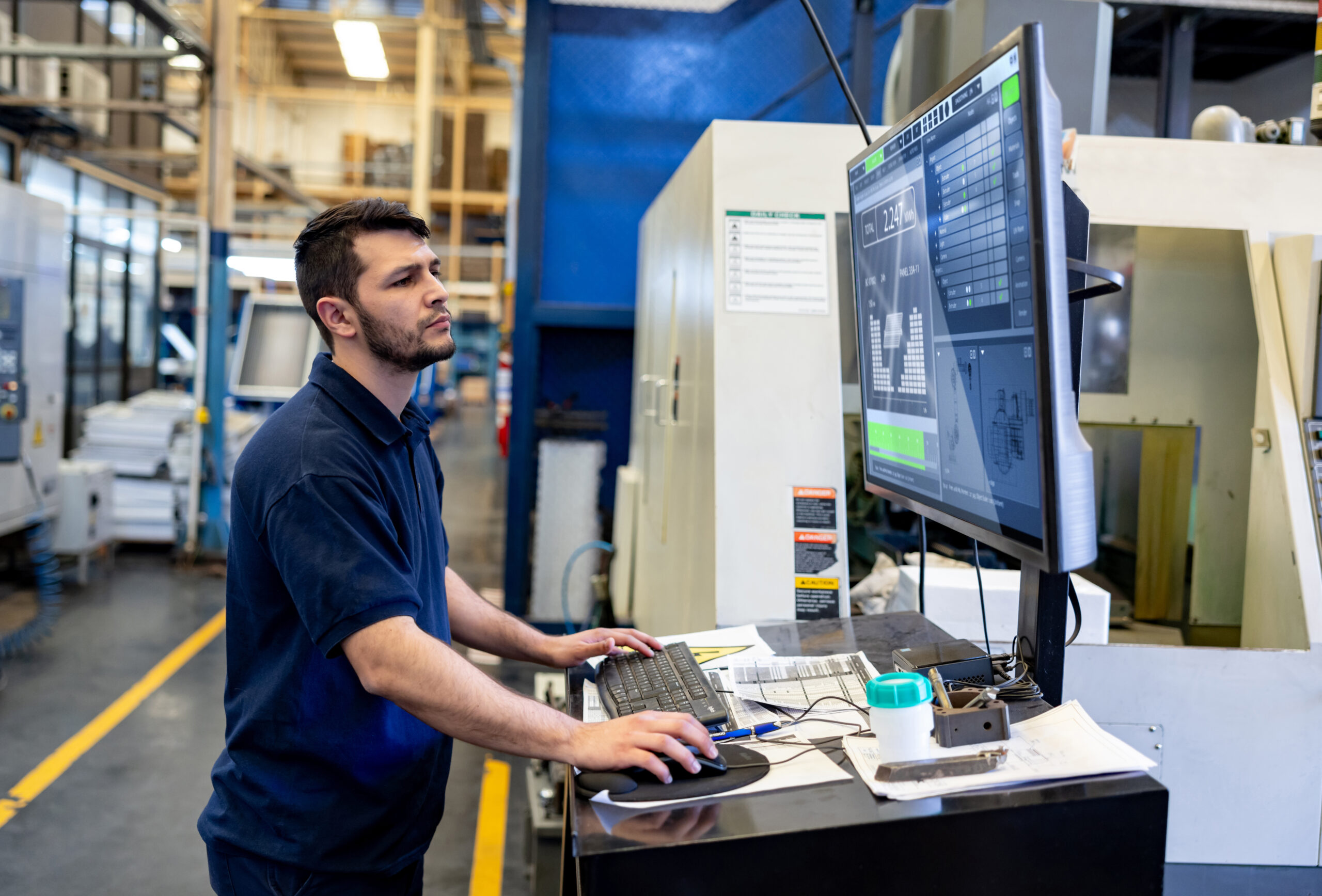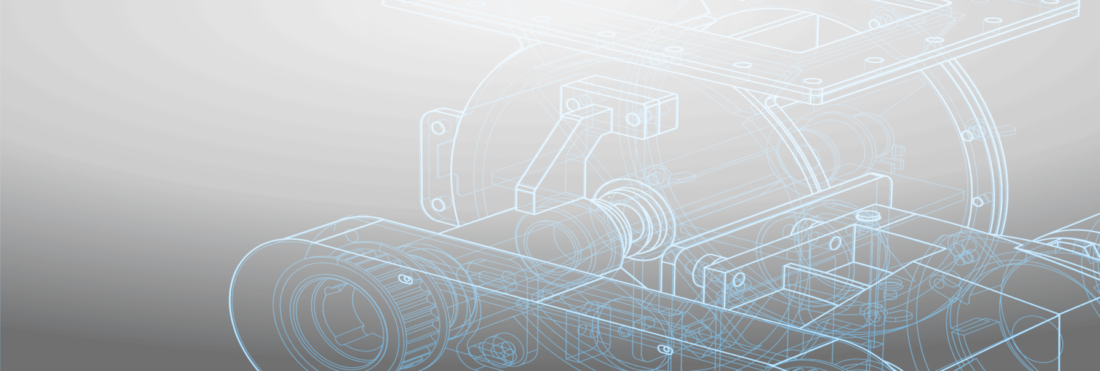
Onboarding a new employee in the manufacturing industry is a crucial process that sets the tone for their entire tenure with your company. A well-structured onboarding program not only ensures that your new hire quickly becomes a productive team member but also enhances their job satisfaction and retention.
Here are eight best practices to follow when onboarding a new hire in your shop:
1. Prepare in Advance
Before your new employee’s first day, make sure you have all the necessary paperwork, tools and resources ready. This includes their workstation, safety gear, login credentials and any required training materials. You should ideally begin this process 1-2 weeks before their start date to give you time to get everything in order. Being prepared shows your commitment to their success from day one.
It’s also a good idea to email your new employee before their start date with any information they might need for their first day. This can include anything from where to park and where to go when they come in on their first morning to who to ask if they have questions, plus an agenda for their first day to let them know what to expect. Also, send out a new employee announcement so other employees are prepared to meet and welcome their new colleague.
2. Safety First
It’s essential to communicate proper safety standards and guidelines from the very start to ensure your new hire clearly understands your safety procedures and expectations. Start by providing a thorough safety orientation, explaining safety protocols and ensuring the new hire is equipped with the necessary personal protective equipment (PPE). Stress the importance of adhering to safety guidelines at all times.
3. New Hire Resource Kit
Create a set of resources you can give to a new hire that will help them navigate their first few days with you. A new hire welcome kit can include things like an org chart, employee directory and facility map to help them understand who is responsible for what and where to find the things they need.
Providing your new hires with a mission statement and brief company history can also help them familiarize themselves with your company and get to know your values. Also, be sure to include a written set of policies and procedures, which ensures they can always easily access pertinent information and are aware of company regulations.
4. Clear Job Description and Expectations
Ensure your new hire understands their role, responsibilities and performance expectations from the outset. Provide a detailed job description and discuss key performance indicators (KPIs) or targets they will be responsible for achieving.
While this information may be the same as what was previously shared in the job ad and during the interview and hiring process, it offers an opportunity to elaborate on each essential task to minimize any potential misinterpretations or misunderstandings. You can also talk about how the responsibilities of their role align with your broader organizational objectives and how the new hire fits into the bigger picture and helps your company achieve its goals. Lastly, it’s important to communicate how your company will support and help them succeed in their new job.
5. Mentorship and Buddy System
Assign an experienced team member to act as a mentor or buddy to help the new hire acclimate to your workplace culture, answer any questions they have and provide guidance. This mentorship can be invaluable for fostering a sense of belonging and facilitating a smooth transition into your company.
Pick somebody who is both a good role model and will enjoy the responsibility of being a mentor. On the new employee’s first day, their mentor can take them on a guided tour of your facility and make introductions to fellow team members. The buddy can also provide insights into any informal workplace customs, like how the first person in the morning always turns on the coffee machine or how their team regularly meets up on Thursdays after work for happy hour.
6. Training and Skill Development
Offer comprehensive training tailored to their specific role. This may include machine operation, quality control procedures and software systems used in your manufacturing process. Encourage ongoing skill development and offer opportunities for further training as needed.
Be sure to also provide training on the software and tools used in your manufacturing process. Familiarity with these systems will enable the new hire to work more efficiently and contribute to productivity.
Consider investing in an online training system, which can help make the training process easier. Online training gives you the opportunity to provide all of your employees, including new hires, with cost-effective, high-quality training that lets them learn at their own pace. This will help your employees to better understand and retain information. With an online training system, you can also set up customized training paths that will help get your new hire up to speed on exactly what they need to know to perform their job duties successfully.
RELATED WEBINAR: Onboarding new hires? Ramp them up quickly using your ERP system.
7. Continuous Feedback and Evaluation
Establish a feedback loop from the beginning. While a significant portion of the onboarding process occurs during the new hire’s initial week, fully onboarding a new employee takes time. Regularly check in with the new hire to gauge their progress and address any concerns or questions. Encourage open communication and be receptive to their feedback as well.
At the end of your employee’s first month, have a meeting to ensure they feel comfortable and engaged. See if they are ready to be more autonomous in their work, offer more training if needed and ask if there is anything else they need to excel at their job. Also, be sure to recognize and celebrate their achievements and milestones during the onboarding process and beyond. Celebrate things like completing training modules, achieving production goals or successfully completing probationary periods.
Continue to hold meetings and check in over the next few months to ensure they are settling in and fully understand their role.
8. Gradual Integration
Give the new employee time to adjust to their role and environment. Avoid overwhelming them with too much information or responsibility too soon. Gradually increase their workload as they become more comfortable and proficient in their role. Giving new hires a slow start and time to learn their role will help them build confidence and grow within your company.
——
Effective onboarding in the manufacturing industry is an investment in your workforce and can contribute significantly to employee satisfaction, productivity and retention. Following these best practices can set your new hires up for success and strengthen your manufacturing team.
Get your eBook Scared to implement a new ERP?
"*" indicates required fields



